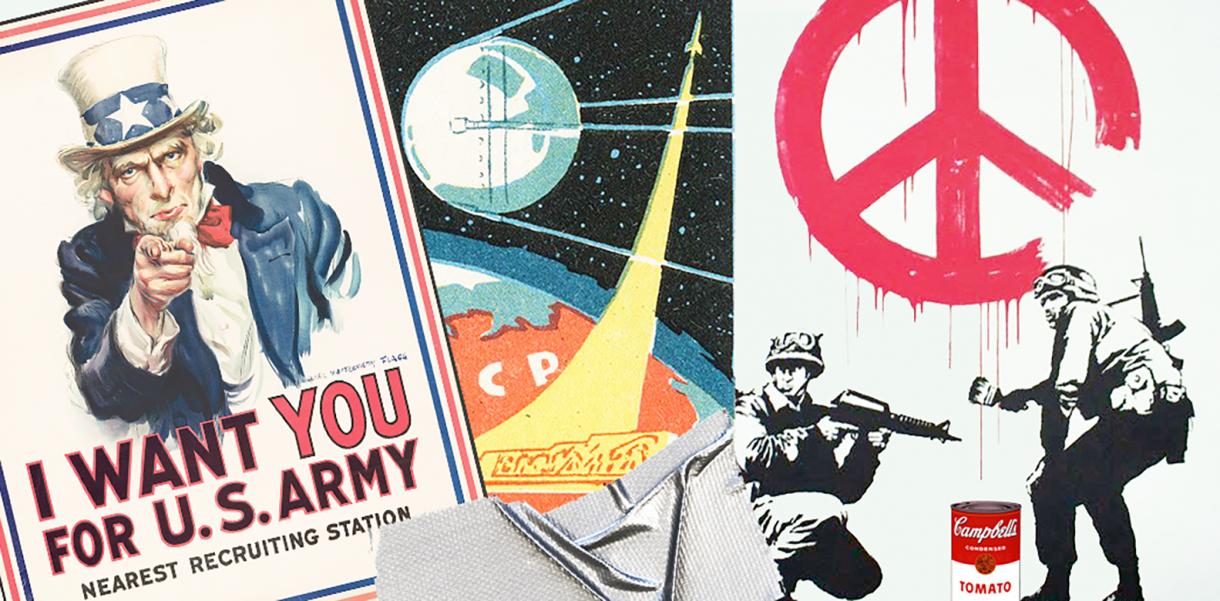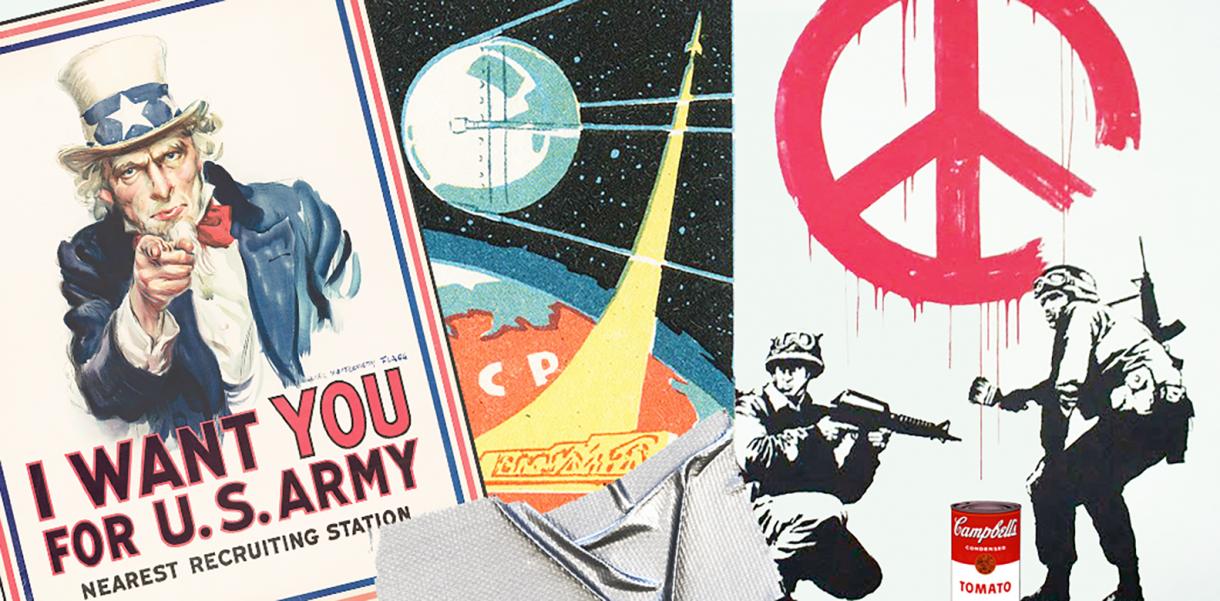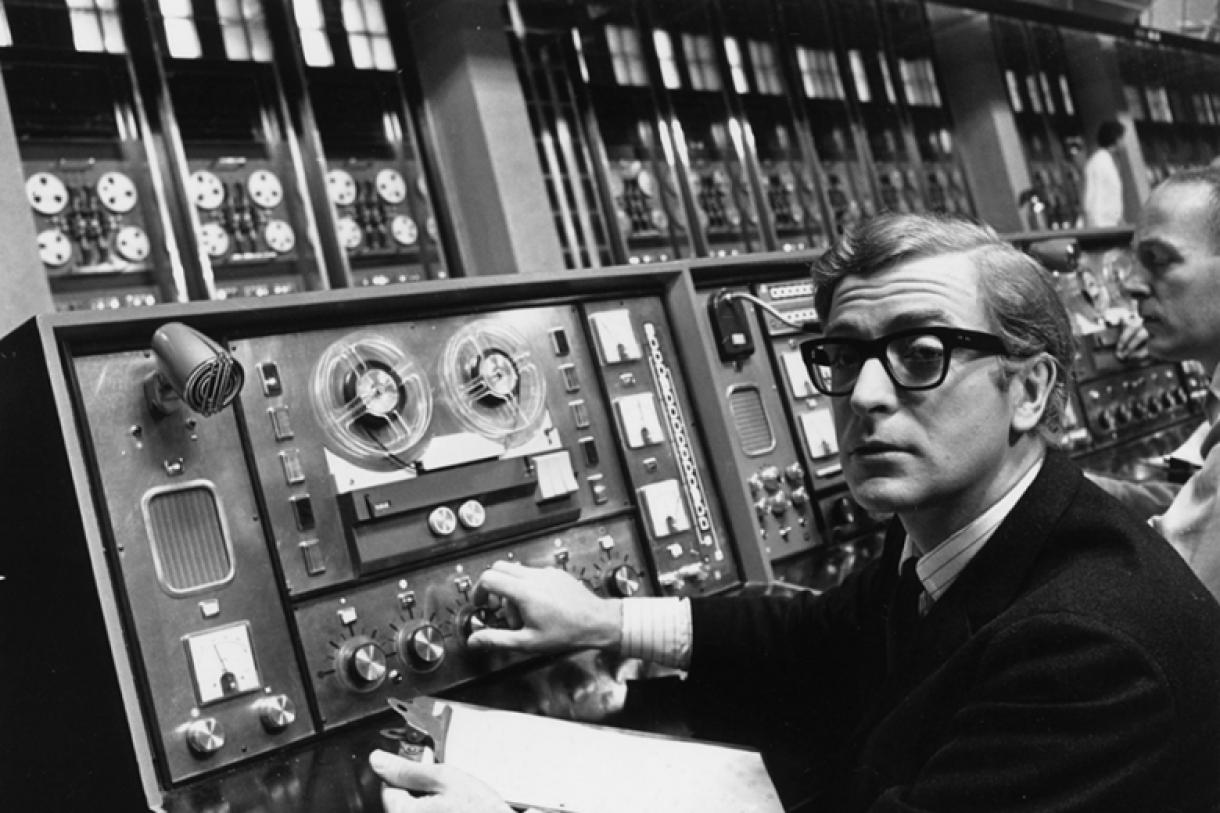We usually don’t ask ourselves many questions about the objects surrounding our lives. Aside from the simple function and aesthetics, we don’t think about the object’s history or why products and services, which we use every day, have been designed in the way that we know them. When you think about design, you wouldn’t initially associate it with war. But, looking back at the history of design and invention, it seems that war is the main and most important catalyst for the research, discovery, and implementation of many new solutions and technologies.
The reason might be found in the large amount of funding that governments allocate to military and defense departments. Just to give you an idea, the DARPA (Defense Advanced Research Projects Agency), responsible for the development of emerging technologies for military use, has an average annual budget of three billion USD. Yes, three billion per year!
Here are a few intriguing stories about common products and services that have been catalysed by war.
The grandmother of the Internet was called ARPA, short for Advanced Research Projects Agency. Its initial purpose was to enable researchers to communicate and share knowledge and resources between university computers over telephone lines.
ARPA was born during the Cold War when the US was worried about the Soviet Union destroying their long-distance communications network. The US urgently needed a computer communications system without a central core that could be used wirelessly and remotely. Which would, therefore, be much more difficult for enemies to attack and destroy.
ARPA then started to design a computer network called ARPANET, which would be accessible anywhere in the world using computing power and data. “Internetworking”, as scientists called it, presented enormous challenges as getting networks to ‘talk to each other’ and move data was like speaking Chinese to someone who can only understand Turkish. The Internet’s designers needed to develop a common digital language to enable data sharing but, it had to be a language flexible enough to accommodate all kinds of data, even for the types that hadn’t been invented yet.
The Internet seemed like an extremely far-fetched idea, near impossible to design. But, in the spring of 1976, they found a way. The Internet went from being an obscure research idea to a technology that’s now used by over 4.2 billion people. And, it took less than forty years.
The Global Positioning System, commonly known as the GPS, also has its origins in the Sputnik era.
The idea for the GPS emerged in 1957 when American scientists were tracking the launch of the first satellite, a Russian spacecraft called Sputnik, to orbit Earth. They noticed the frequency of the radio signal from Sputnik got gradually higher as the satellite got closer, and lower as the satellite moved away. This was caused by the Doppler Effect, the same effect that makes the ambulance siren increase or decrease as it moves away or towards an observer. This provided great inspiration: satellites could be tracked from the ground by measuring the frequency of the radio signals they emitted, and, in return, the locations of receivers on the ground could be tracked by their distance from the satellites.
Drones, also known as unmanned aerial vehicles, are another great example. These are aircraft with no onboard crew or passengers, which can be either automated or remotely piloted. The initial idea first came to light in 1849 when Austria attacked Venice with balloons that were loaded with explosives. While few balloons reached their intended targets, most were caught in change winds and were blown back over Austrian lines. From there, it was clear that better aerial technology, which could be controlled remotely, was desperately needed.
Last, but not least, a simple item that we use very often: tape. Duct tape was originally invented by Johnson & Johnson’s pharmaceutical division during WWII for the military. The soldiers specifically needed a waterproof tape that could be used to keep moisture and humidity out of ammunition cases. This is why the original duct tape only came in army green.
Many more examples can be found in various other mundane products: microwaves, digital cameras, superglue, canned food, and penicillin, just to name a few.
It’s also interesting to see that these military-born technologies can even be found in three of our INDEX: Award 2017 winners: Ethereum — a decentralised digital network, commonly referred to as Internet 2.0; what3words — a new GPS system using three-word address; and Zipline — a medical supply delivery chain using drones. But, let’s hope that in the future we won’t need to rely on war for more great solutions to emerge.







